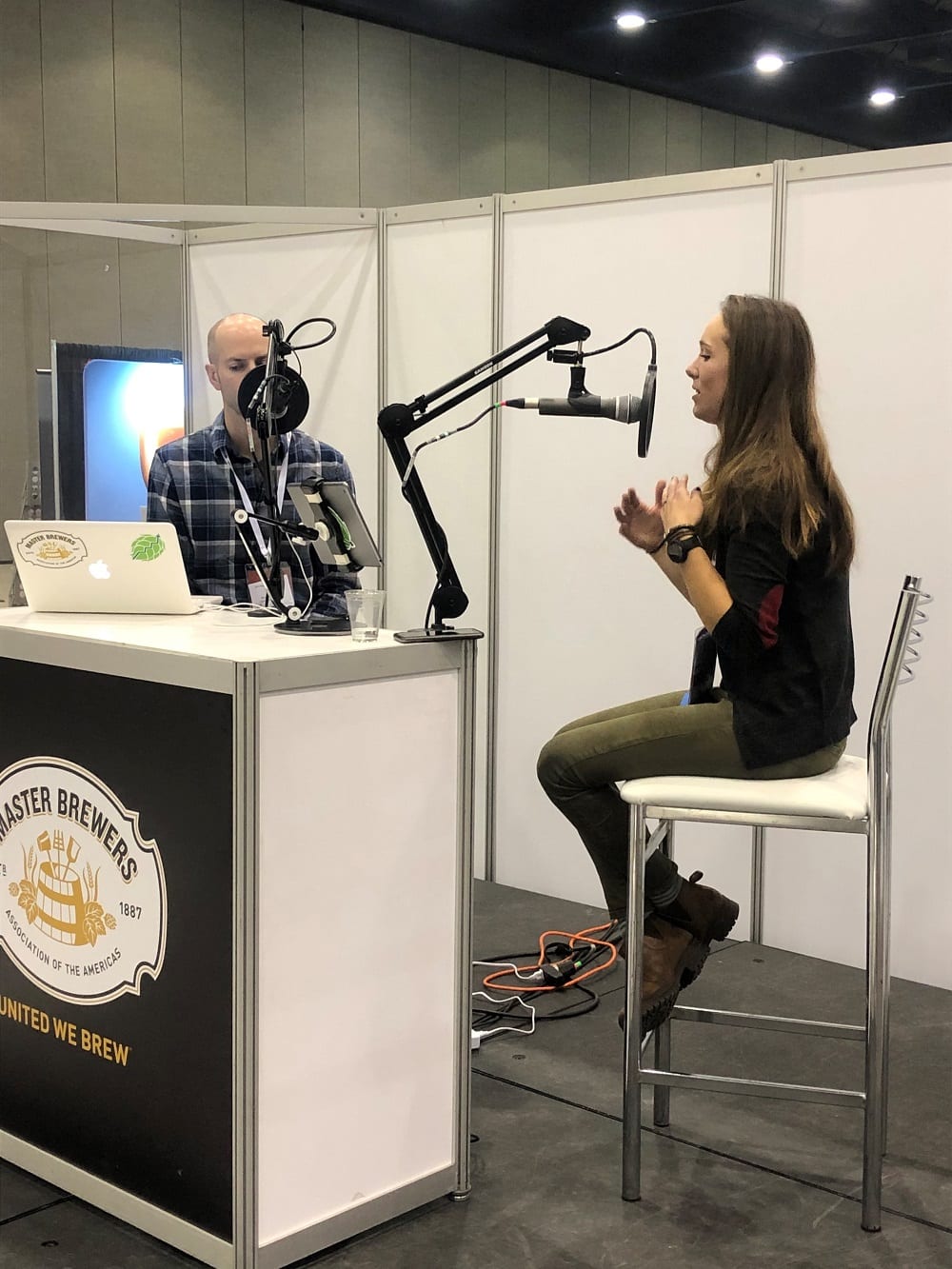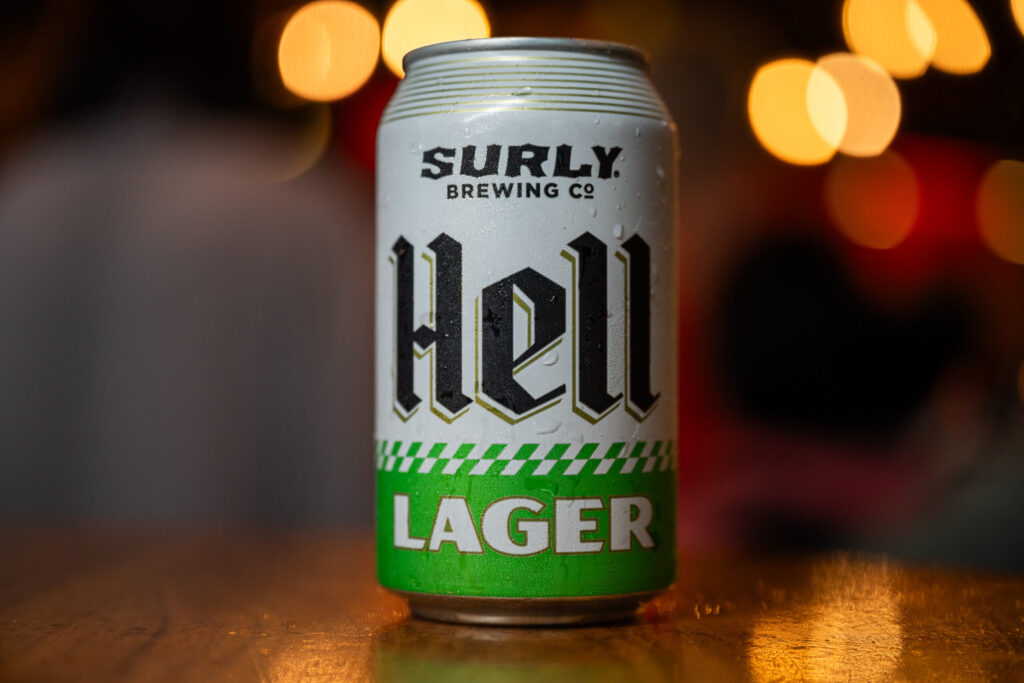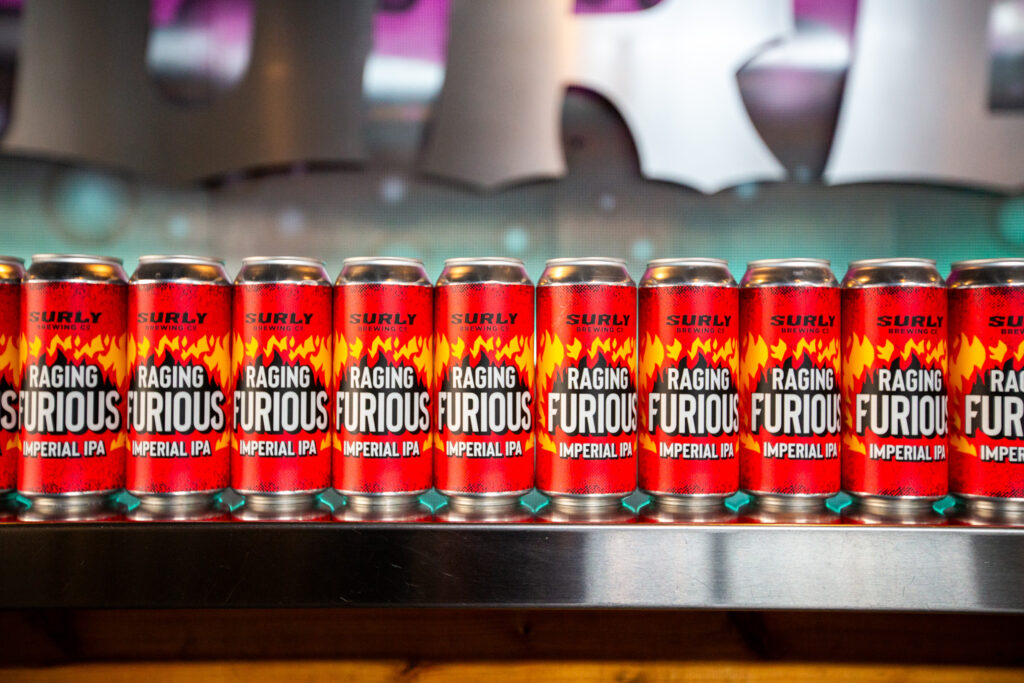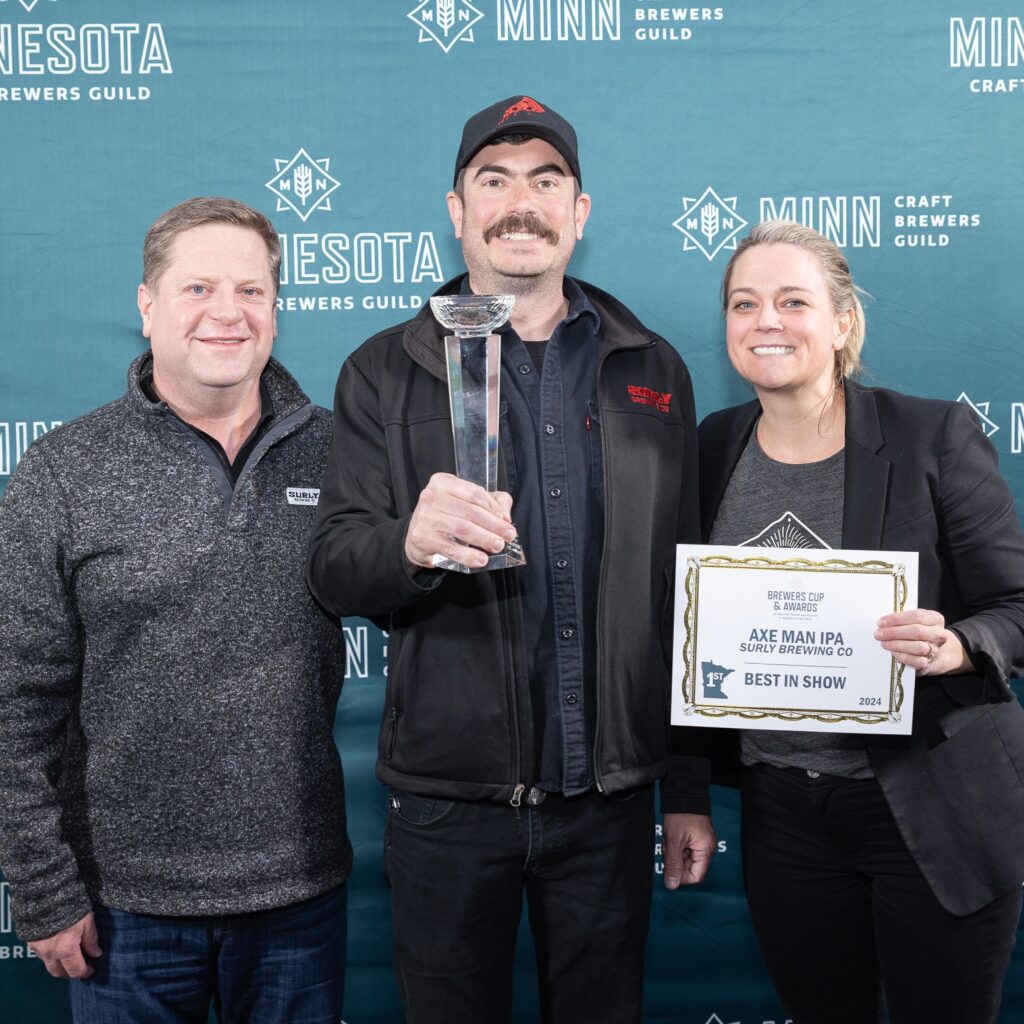Kim Syring is Surly’s Quality Lab Specialist, and performs the critical task of ensuring your Surly beer tastes good. With science.
She was recently asked to give a presentation at the Master Brewers Association of the Americas Conference in Calgary, Alberta. Her topic:
The development of controlled spoilage studies to determine microbial tolerance limits.
Short version about what that means: Best practices for detecting beer spoilage.
Long version, from her abstract: There are many methods available to breweries for determining if spoilage will occur in a product. Plating on selective and differential media is a relatively inexpensive and reliable way for breweries to detect the presence of spoilage organisms, and in recent years, qPCR has become a common way to confirm plating results. Cell counts can provide additional understanding of how these results relate to one another by providing organism concentrations in a sample. These methods return valuable data in the prediction of spoilage susceptibility but have disadvantages when results are viewed without reference values. Using a plating method to determine how many colony forming units per milliliter are present in a product can be extremely helpful in most situations but does not always account for fastidious organisms present that cannot be recovered by normal culture methods; a false negative may be recorded. Regarding qPCR, the higher sensitivity of detection is an excellent to catch difficult organisms. Yet this sensitivity may lead to false positives as most assays are not designed to determine whether the DNA is from a viable cell. In addition, the quantitative data acquired during qPCR gives you a reference as to lower or higher starting concentrations of organism in a sample but is difficult to use as a precise indicator of spoilage. Finally, cell counts are helpful in visualizing concentration, but like qPCR, viability cannot always be determined. Accurately interpreting results of these testing methods to determine the amount of viable organism present is important, but there are many other variables that contribute to spoilage ability. One must consider variables such as the amount of hop additions, alcohol content, storage conditions, and how the organism tolerates each. A low enough concentration of an organism may be kept in check by any number of these factors, while a higher concentration could potentially overcome inhibition and result in spoilage. Determining tolerance limits for individual organisms in different beers can be a valuable reference when facing what to do with positive microbiological results; and to determine tolerance levels, monitoring the effects of forced spoilage can provide these reference values. Controlled spoilage can be attempted by diluting viable organisms, inoculating finished product, recording baseline results, and placing each in different environmental settings for incubation. The monitoring of CFUs, pH, ABV, cell counts, and qPCR results as time progresses can indicate whether spoilage is occurring. These results are then related back to the beginning baseline results, and tolerance levels can be evaluated. This method begins to define the relationship between each quantifiable result and how it correlates to spoilage in different situations. Implementing a spoilage study such as this can prove essential for each brewery in shaping how they interpret positive results, and ultimately determine the quality of the beer.
That’s a lot of science words! Surly’s robust QA/QC program fosters research and process improvement projects that not only benefit us, but our friends in the brewing industry. Kim’s diligence, smarts, and hard work will have a positive impact at breweries from Minneapolis to Medicine Hat.
If you’d like to hear Kim in podcast form, her conversation with John Bryce about this presentation will appear soon on the Master Brewers Podcast.
Thanks again to Kim for all that she does for Surly Brewing!



